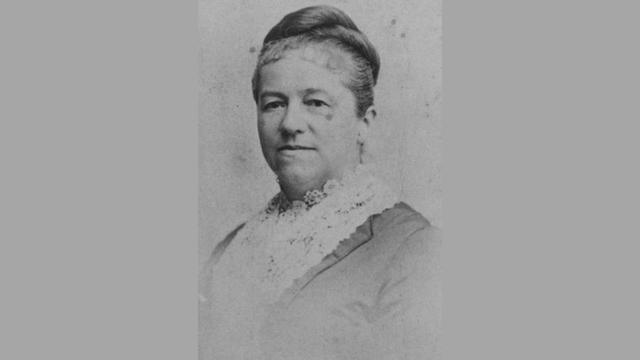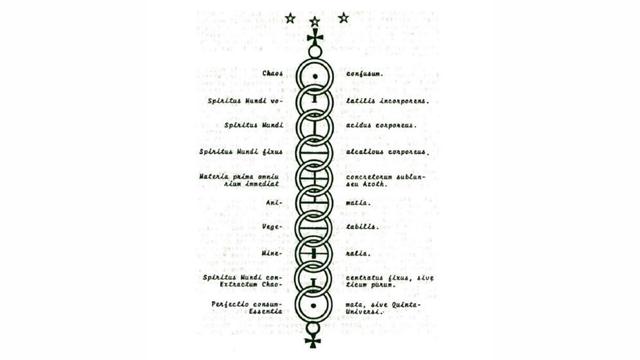Rembrandt painted Aristotle contemplating a bust of the Greek poet Homer and wearing the “golden chain of Homer,” a metaphor of unity and a fit symbol for the World Prayer Day.
by Massimo Introvigne*
*A paper presented at the webinar “Eradicating Violence Through a World Prayer Day and Solving the Tai Ji Men Case,” co-organized by CESNUR and Human Rights Without Frontiers on November 25, 2022, International Day For The Elimination of Violence Against Women.

Violence against women is one of the most widespread and obnoxious form of violence. Some may find it strange that, as a way of eradicating all forms of violence, including both violence against women and administrative and legal violence against religious and spiritual minorities, which also manifests itself in the Tai Ji Men case, we endorse the proposal of designating October 16 as World Prayer Day.
There have been proposals for a world day dedicated to prayer since the 19th century, when American Christian women created a movement to pray for Christian missions. The Women’s World Day of Prayer is now simply called the World Day of Prayer, it is on the first Friday of March, and its next international celebration will be in Taiwan, on March 3, 2023. Although now open to everybody, its clearly confessional Christian origin has prevented it so far from being endorsed by secular international institutions.

Why should they endorse the World Prayer Day proposed by Dr. Hong Tao-Tze, the Shifu (Grand Master) of Tai Ji Men? Isn’t prayer a religious action that secular organizations should not promote? To answer this question, I would start from a famous painting by the great Dutch artist Rembrandt that is currently at New York’s Metropolitan Museum. It was painted in 1653 and is called “Aristotle Contemplating a Bust of Homer.”
The first thing everybody notes in the painting is that Aristotle is wearing a golden chain. Some art historians have interpreted this as a reference to how precious the poetry of Homer is, and even as a statement by Rembrandt on the complicated relationships between money and art.
In fact, as German art historian Herbert von Einem first noted in 1952, and his American colleague Margaret Deutsch Carroll discussed at length in 1984, these interpretations miss the point. In Rembrandt’s time—unfortunately a little bit less today—every cultivated European would have understood what associating Homer and a golden chain in the same painting was all about.
At the beginning of Book VIII of the “Iliad,” the great epic poem attributed to the (perhaps mythical) Homer, the supreme god Zeus has a discussion with the lesser gods. He tells them that he should win any argument just because he is stronger. He invites them to suspend a golden cable between the earth and the sky, entrust one end to Zeus, descend to the earth and pull the other end all together. All the gods gathered will fail to pull Zeus down from the sky. He will be the one to pull them up from the earth with the golden cable, along with all the lands and seas.

Prosaic modern interpreters have noted that this is just a transposition of a children’s game popular both in ancient Greece and throughout the centuries, where two teams try to pull a rope to their side. The point is, however, that readers of the “Iliad” found in the golden chain speech by Zeus an esoteric meaning since the Greek times themselves. Neo-Platonists, Orphics, Hermetists, all found in the text deep mysteries and even astrological secrets. Basically, the tradition never stopped.
The Latin expression “aurea catena Homeri” (the golden chain of Homer) became proverbial among Western philosophers, and at the time of Rembrandt there were a good dozen of recently published texts discussing it, including the “Iconology” of Cesare Ripa, first published in Italian in 1593 and in French in 1636, a manual on images most painters knew. German esoteric author Anton Joseph Kirchweger will publish his popular book on alchemy “Aurea Catena Homeri” in 1723, which was 70 years after Rembrandt’s painting, but he summarized there ideas that had circulated well before.

Why was the golden chain of Homer so important? Because generations of European intellectuals, esoteric masters, and philosophers had interpreted it for some 2,000 years as a statement that all things in the universe are connected. Zeus in heaven and the gods on earth may pull the same rope because that rope connects all the universe. The world is not a chaotic mass of elements with no relationship between them but a harmonious whole, if only we are able to see the golden chain that represents its intimate unity.
Rembrandt was a devout Christian, familiar with the Bible and theological works. As such, he might have learned that an early and immensely popular Christian theologian, known as the Pseudo-Dionysius the Areopagite because he signed with the name of Dionysius the Areopagite, a disciple of Paul the Apostle in the first century, while in fact he wrote around 500 CE, had interpreted Homer’s golden chain as a symbol of prayer.
The mysterious author who signed Dionysius was a Neoplatonist, i.e., part of a school that both returned to the ancient Greek philosopher Plato and reinterpreted him from the 3rd to the 6th century CE. It was thus natural for him to see in the prayer a communion with the deep unity and interrelation of the universe, which was what the golden chain was all about.

The writings of the Pseudo-Dionysius had been influential on Dutch religious authors, but even if Rembrandt had never heard of them he would surely have interpreted the golden chain notion in accordance with his own Christian spirituality.
In the golden chain, we have a key for a non-sectarian approach to prayer. To take the golden chain in our hands, which coincides with prayer, means to become attuned to the unity of the universe, to recognize that everything is connected, and that violence cannot have any legitimacy because it breaks this order and would eventually backfire on ourselves. This prayer is not a monopoly of any religion, and while it is deeply spiritual it can also be joined by those who do not believe there is a God.

Dr. Hong is inviting us to take the golden chain. To surrender ourselves to this awareness of unity is to renounce violence, and to call for the overcoming of all injustice resulting from violence, including the Tai Ji Men case. In the dramatic situation it finds itself in, the world has a golden opportunity to grasp the golden chain and rise to conscience and justice. That is why many should enthusiastically say yes to Dr. Hong, and not miss the opportunity of the World Prayer Day.
Source: Bitter Winter

